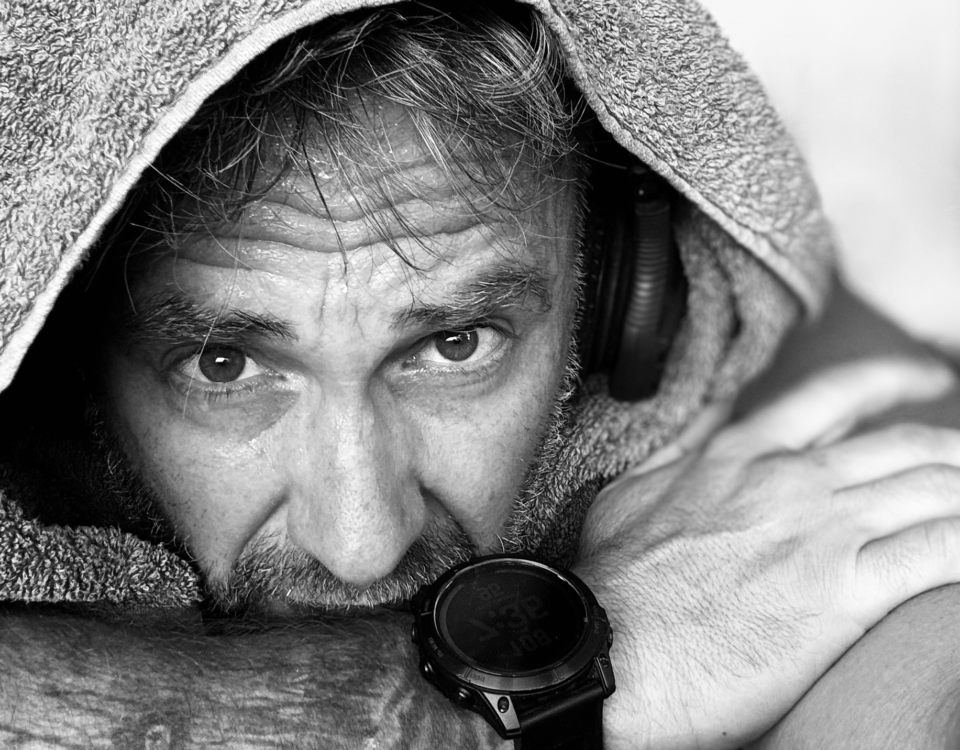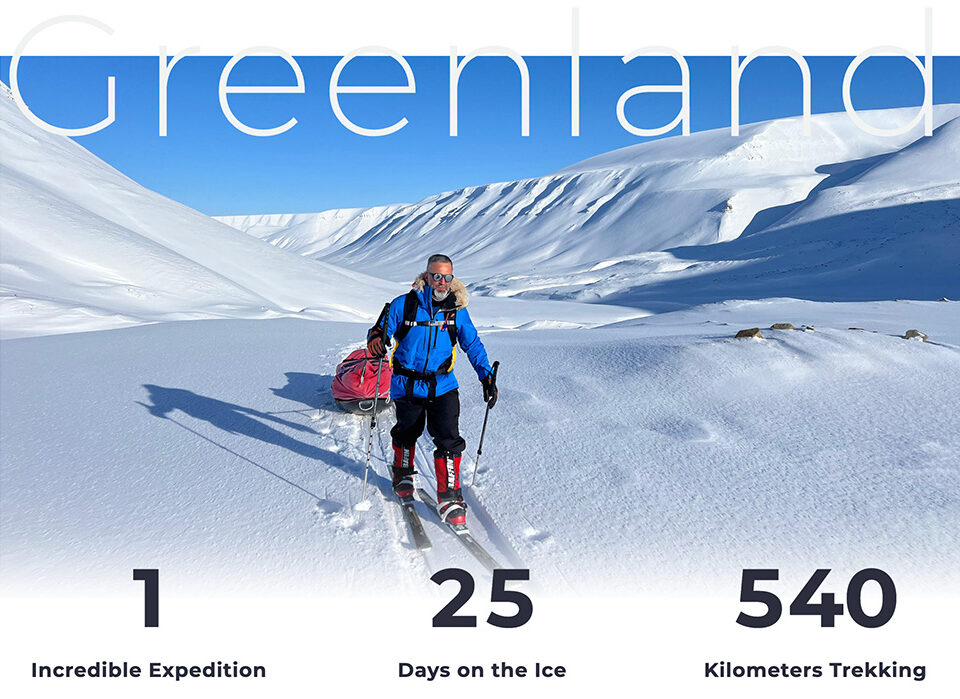In the world of fitness, rucking – the act of walking or hiking with a weighted backpack or rucksack – has gained increasing popularity as a high-value, low-impact training modality. This simple yet effective exercise offers a range of physical and mental benefits, making it an attractive option for individuals of all fitness levels.
The Benefits of Rucking
- Cardiovascular Health: Rucking combines the low-impact nature of walking with the added resistance of carrying weight, which can elevate your heart rate and improve cardiovascular fitness. A 2019 study published in the Journal of Strength and Conditioning Research found that rucking at a moderate pace can elicit similar cardiovascular responses to running at the same speed without the high impact on joints.
- Strength and Endurance: Carrying a weighted load during rucking engages multiple muscle groups, including the core, legs, and back. This full-body resistance training can lead to improved muscular strength and endurance. A 2018 study in the Journal of Human Kinetics demonstrated that regular rucking can significantly increase lower body strength and endurance.
- Calorie Burn and Weight Management: Rucking can be an effective way to burn calories and support weight management goals. According to a 2021 study in the Journal of Functional Morphology and Kinesiology, rucking with a 20% body weight load can increase calorie expenditure by up to 60% compared to walking without a load.
- Mental Toughness and Stress Relief: Rucking can be a mentally challenging activity, as it requires pushing through physical discomfort and fatigue. This mental fortitude can translate to improved resilience and grit in other areas of life. Additionally, many individuals find the rhythmic nature of rucking to be meditative and stress-relieving.
- Versatility and Accessibility: Rucking can be done virtually anywhere, making it a convenient and accessible form of exercise. It requires minimal equipment (just a backpack or rucksack) and can be easily incorporated into daily routines or outdoor adventures.
Rucking vs. Weighted Vests
While both rucking and wearing a weighted vest can provide resistance training, there are some key differences to consider:
- Load Distribution: Rucking with a backpack or rucksack distributes the weight more evenly across the back and shoulders, which can be more comfortable and safer for the spine and joints. Weighted vests, on the other hand, concentrate the load on the torso, which may put more strain on the lower back and hips.
- Stability and Balance: Carrying a rucksack can challenge your balance and stability, as the weight shifts with your movements. This can engage core and stabilizer muscles more effectively than a weighted vest, which keeps the load centered on the body.
- Versatility: Rucksacks can be easily adjusted for different weight loads and can carry additional gear or supplies, making them more versatile for outdoor activities or functional training. Weighted vests are generally limited to a fixed weight and may be less practical for certain activities.
- Comfort and Breathability: Well-designed rucksacks can distribute weight more comfortably and allow for better airflow and breathability compared to weighted vests, which can trap heat and cause discomfort during prolonged wear.
Research on Rucking vs. Weighted Vests
While research directly comparing rucking and weighted vest training is limited, a 2021 study published in the Journal of Strength and Conditioning Research compared the physiological responses of treadmill walking with a weighted vest and a backpack. The study found that while both conditions increased energy expenditure and heart rate compared to unloaded walking, the backpack condition resulted in greater trunk muscle activation and a higher perceived exertion level.
It’s important to note that the choice between rucking and weighted vest training may depend on individual preferences, goals, and any potential limitations or injuries. For example, individuals with lower back issues may find rucking more comfortable, while those seeking a more concentrated core and torso workout may prefer weighted vests.
Regardless of the chosen modality, it’s crucial to start with manageable loads and gradually increase weight and distance over time to avoid injury and allow for proper adaptation. Additionally, consulting with a qualified fitness professional can help ensure proper form and progression for safe and effective training.
Rucking is a versatile, accessible, and highly beneficial form of exercise that can improve cardiovascular health, strength, endurance, and mental toughness. While weighted vests offer an alternative resistance training method, rucking with a backpack or rucksack may provide unique advantages in terms of load distribution, stability challenges, and overall versatility.
By embracing this underrated training modality, individuals can unlock a world of physical and mental benefits while enjoying the great outdoors.










